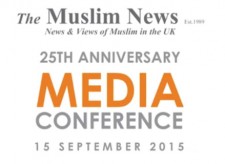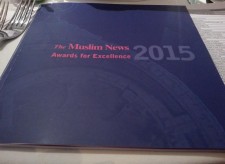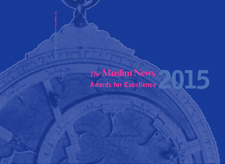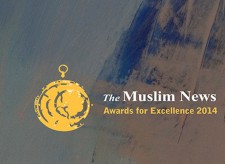A groundbreaking gene therapy has been approved in the UK for two different types of blood disorders: sickle cell anaemia and beta-thalassaemia.
The Medicines and Healthcare Products Regulatory Agency (MHRA) has granted a licence for Casgevy to be used to treat both conditions and is the first medicine licenced anywhere that works by utilising gene editing technology known as CRISPR, for which its inventors won the Nobel Prize for chemistry in 2020.
Sickle cell anaemia and beta-thalassaemia are inherited blood disorders caused by errors in the genetic code. This leads to the production of red blood cells that do not function properly because of problems with their haemoglobin. Both diseases cause ill health, and both can be fatal.
Red blood cells contain haemoglobin, a protein that binds oxygen in the blood and delivers it to all the cells in the body, where it is involved in chemical processes that are important to maintain cell health and function. In sickle cell anaemia, the red blood cells can become a long sickle shape rather than round; they do not live as healthy blood cells and can block blood vessels, causing pain, organ damage, and life-threatening infections.
About 15,000 people in the UK have sickle cell disease; almost all are of African or Caribbean heritage.
In beta thalassaemia, not enough haemoglobin is produced, so the oxygen-carrying capacity of the blood is reduced, and less oxygen reaches parts of the body.
atients typically feel tired, and many will need a blood transfusion every few weeks of their lives. About 1,000 people in the UK have beta thalassaemia; most will have a Mediterranean, South Asian, Southeast Asian, or Middle Eastern background.
Both disorders are inherited genetic diseases, and there are limited treatments.
To cure this type of disease, the DNA would need to be reprogrammed to produce normal, healthy red blood cells. Since the discovery of DNA and our growing understanding of the human genome, it has always been hoped that advances in genetic engineering will lead to new therapies for inherited diseases. After years of research, scientists have developed certain techniques that can effectively cut DNA and ‘edit’ the genes that cause the disease.
Casgevy, made by Vertex Pharmaceuticals, works by editing the faulty gene in a patient’s bone marrow stem cells (red blood cells are made from these stem cells) so that they produce healthy haemoglobin.
To do this, the stem cells are removed from the bone marrow and then ‘edited’ in a laboratory setting using Casgevy, which can selectively cut DNA, disabling the faulty gene. The edited stem cells are then transfused back into the patient. Patients may need to spend at least a month in the hospital while the treated cells “take up residence in the bone marrow” and start to make red blood cells containing healthy haemoglobin.
The results showed that in a trial for sickle cell disease, 28 of the 29 patients experienced no episodes of major pain, which can lead to them being hospitalised, for at least a year after treatment.
In patients with beta-thalassaemia, 39 of the 42 trial participants did not need to have a red blood cell transfusion for at least 12 months after receiving Casgevy. These results raise hopes that this treatment can offer a cure for these two blood disorders. Previously, bone marrow transplants were the only option, but finding suitable donors and rejection of the donor’s bone marrow were issues.
However, while this is a groundbreaking development and raises hopes for treating other genetic disorders, the treatment with Casgevy involves a personalised one-off treatment plan using the patient’s cells, which is expensive and time-consuming. Currently, just two labs, one in the US and the other in the UK are producing the drug.
In addition, the cost of researching and developing the treatment means it will be expensive—potentially around £1 million per patient. An analysis of cost-effectiveness would be needed to see if the NHS can bear the costs or if a cost can be arranged with Vertex, the company involved in the treatment.
Trials are continuing in the UK, US, France, Germany, and Italy.
The Sickle Cell Society welcomed the MHRA’s decision as a “historic moment for the sickle cell community” which “offers [them] newfound hope and optimism”.
Rachel Kayani
















